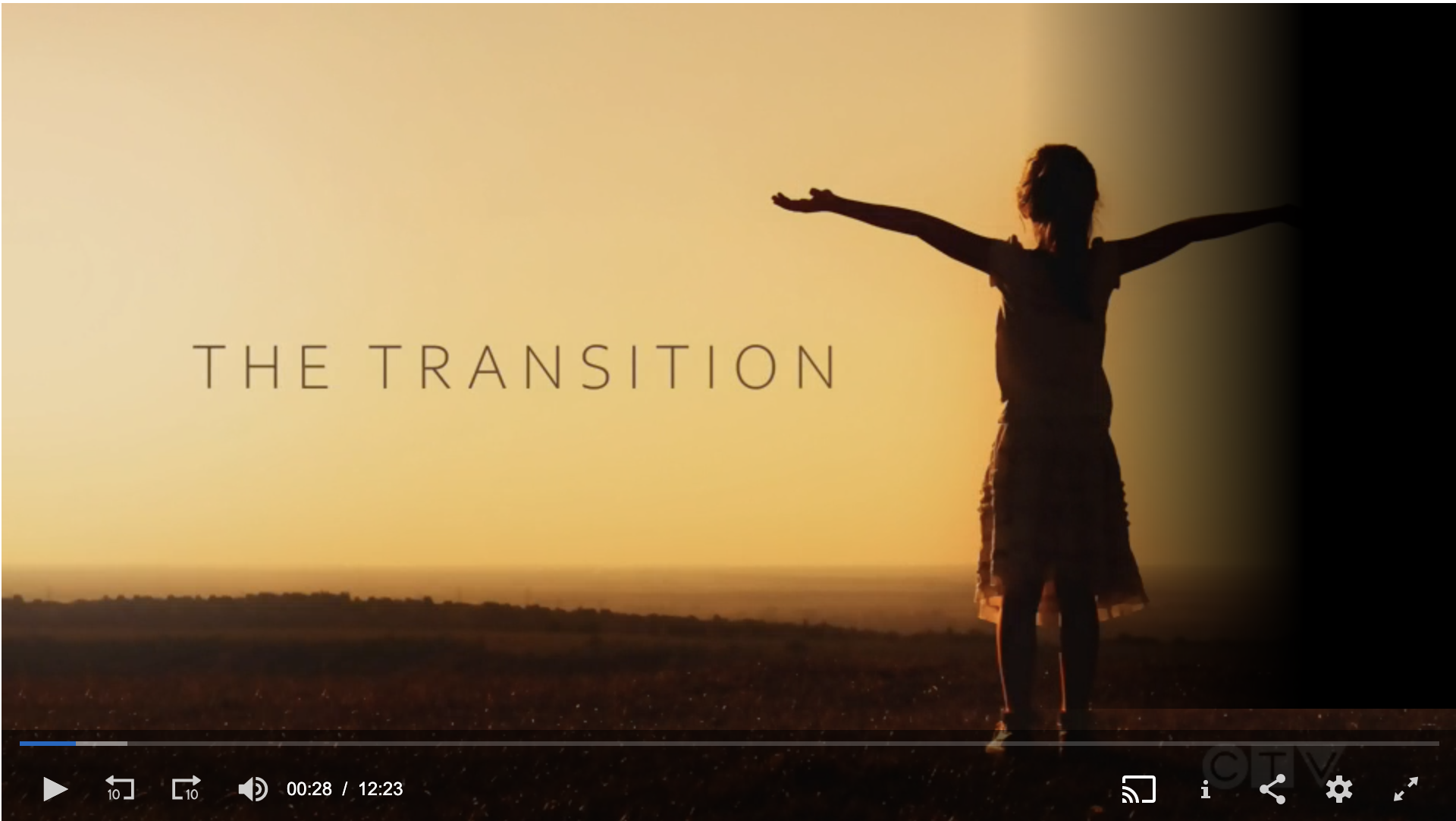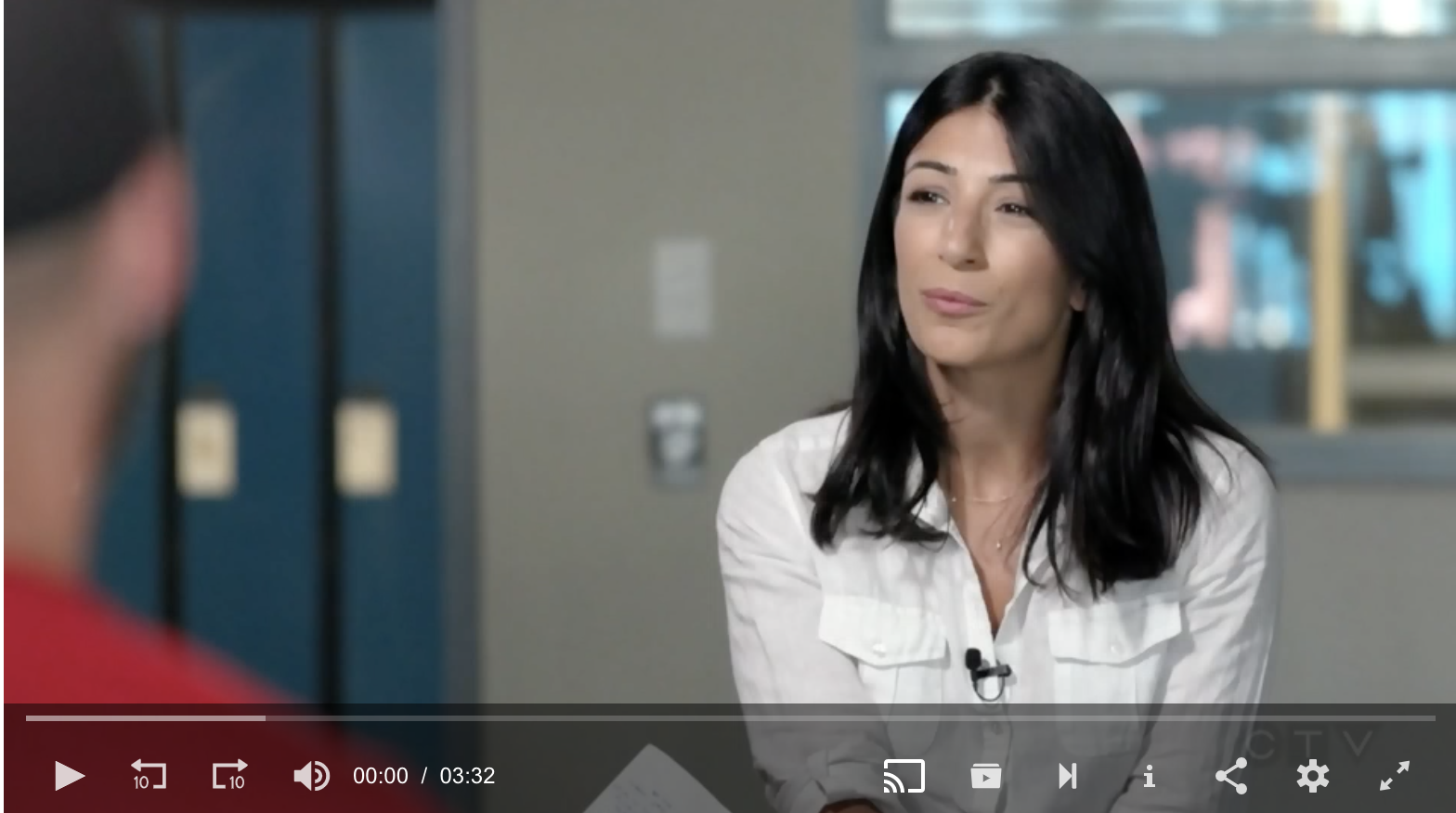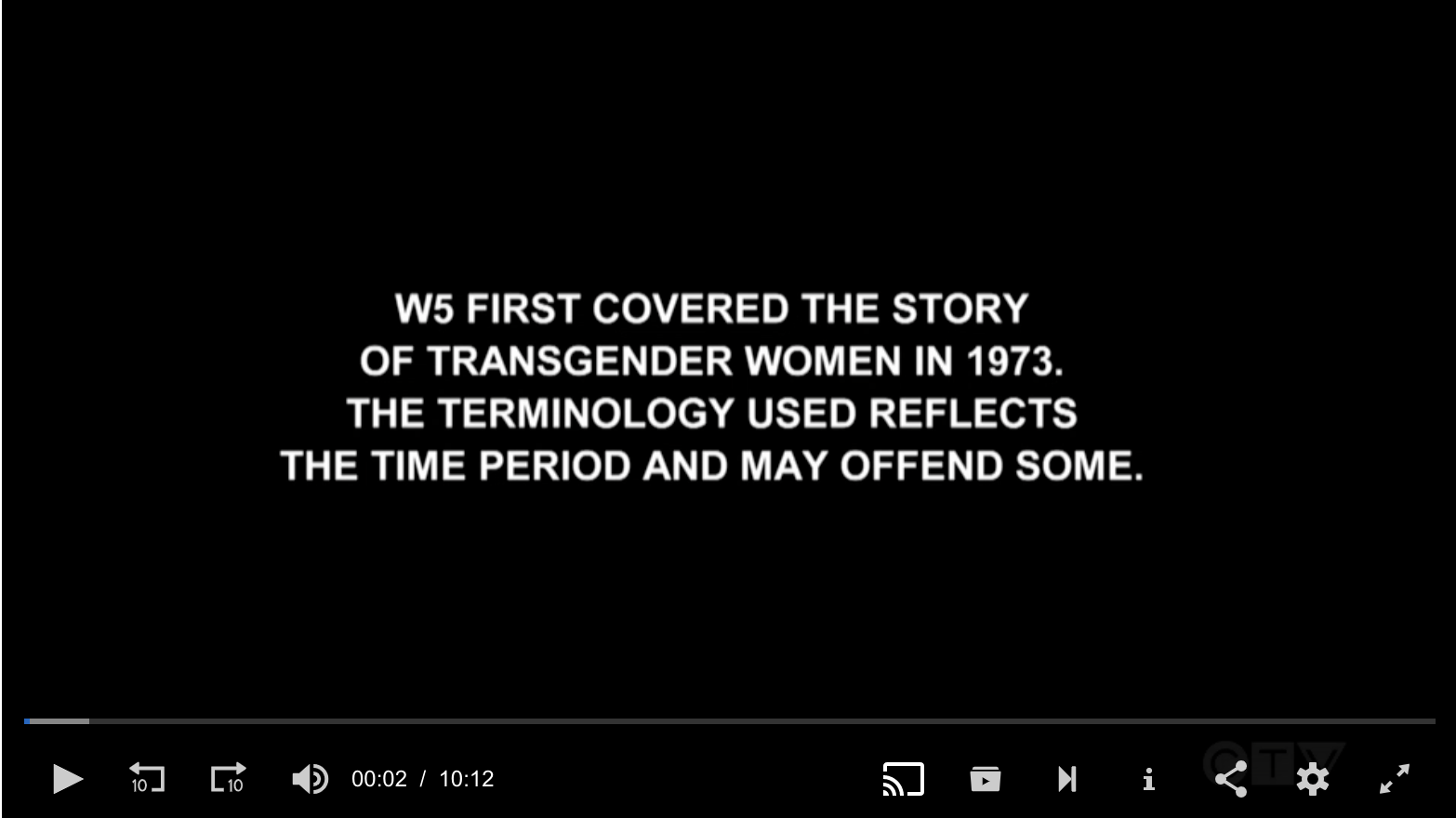
TRYKK PÅ BILDENE FOR Å SE FILMENE. ELLER BESØK ORGINAL POSTEN HER
LONDON — Whenever experts, in any given field, are too afraid to express their honest professional opinions on the record out of fear of being cancelled, something in the public discourse has gone terribly wrong.
So when some well-established experts in transgender health told us they weren’t willing to repeat on camera what they admitted to us in private because they sit on diversity boards and will almost certainly be called transphobic, it was confirmation our story was necessary. If only for the gender dysphoric children and youth, along with their families, who are struggling and do not know who to believe.
The first thing we did was go digging in the W5 archives. What we found was a groundbreaking, and at times extremely graphic, report about trans women the program produced in 1973.
One of the women featured is Dianna Boileau who started to transition at age 16.
“Possibly around the age of 14, 15 years old I was unconscious that I had a problem,” she told W5’s host. “But other children made me well aware that I did have because of my different reaction to emotion, participation of games in school, I was more inclined to skip trends and carry on with the girls than play baseball with the boys.”
She was brought to the attention of a doctor from London, U.K., who recognized a “transsexual problem” and “recommended to [her] parents that [she] cross-dress.”
Boileau, who has since died, wrote a book about her experience and claimed to be the first person in Canada to have had sex reassignment surgery. At the time, patients were subjected to an extensive medical evaluation before a procedure could be performed.
Which brings us to 2021 and the rise in referrals of children to gender clinics. We asked medical professionals in Canada, the United States and the United Kingdom if the right safeguards are in place for children and youth wishing to transition.
In the U.K., the case of Keira Bell has triggered a fierce debate on the treatment of children with gender dysphoria. According to the U.K.’s National Health Service, gender dysphoria is the term used when someone feels uneasy “because of a mismatch between their biological sex and their gender identity.”
By the age of 14, Bell, who was born biologically female, had been sexually abused, felt abandoned by her parents and struggled with her attraction to girls. She began her transition to male at age 16, but later regretted it.
Bell took her gender clinic to court claiming those who know best should have challenged her more. In other words, the experts made it too easy and didn’t consider how a tumultuous childhood could have affected her relationship with her body.
Bell is a so-called detransitioner, who believes there are many others like her. As does Sinead Watson, who we spoke to in Glasgow, Scotland. During the interview, needing to establish that she was born female and transitioned, Watson put her hands on her face and joked that she shaved for us that morning.
It’s taken a long time for Watson to accept her body as it is today, that is, with thinner hair, a deep voice and no more breasts. Watson stopped taking testosterone when she detransitioned back to female, but the effects are still there and will be for a long time. “It’s not the kids who are messing up,” she told us, “it’s the clinicians.”
There are those who believe highlighting the experience of detransitioners is in itself transphobic because it overshadows the majority for whom the experience was a success. We sought to hear from both sides.



